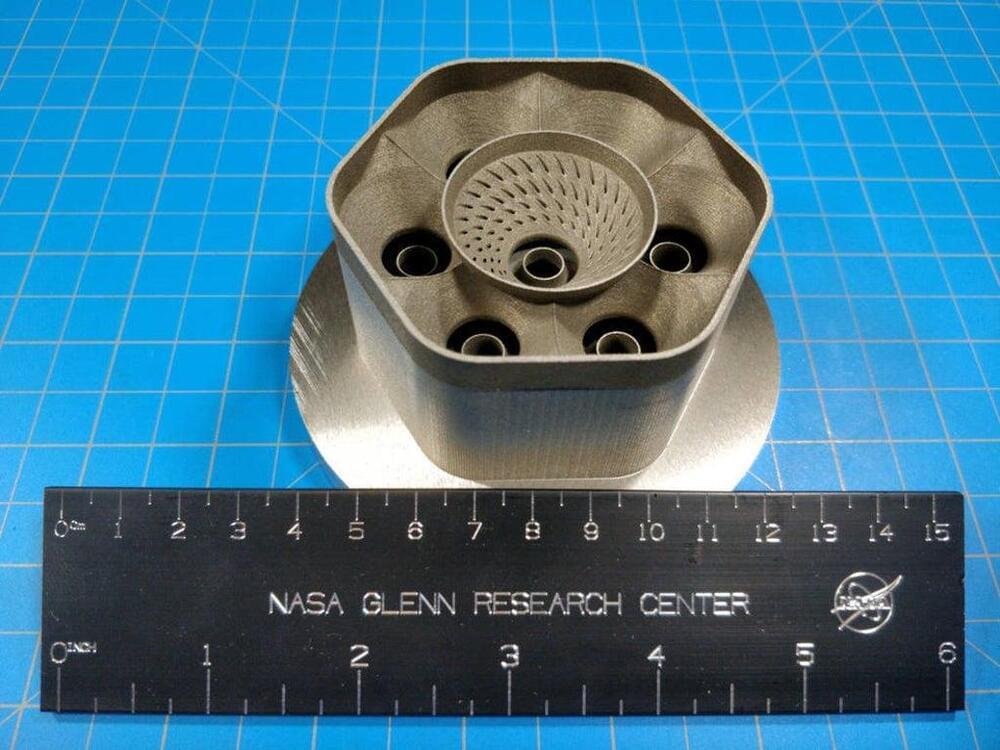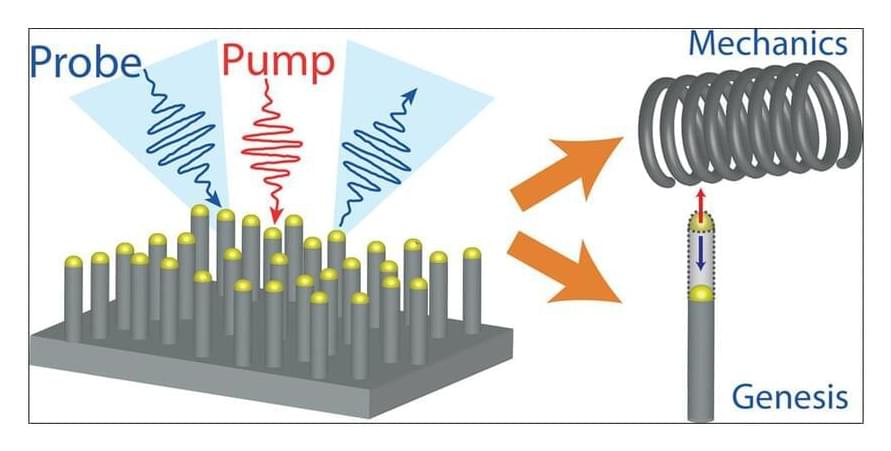Apr 22, 2022
NASA invents ‘revolutionary’ material 1,000 times better than state-of-the art spaceship alloys
Posted by Genevieve Klien in categories: materials, space travel
NASA scientists have invented a new metal alloy that is 1,000 times more durable than current state-of-the-art materials used in aviation and space exploration.
The US space agency believes that Alloy GRX-810 could revolutionise space travel, as it can withstand far harsher conditions than existing materials used within rocket engines.
The material has twice the strength, three-and-a-half times the flexibility and more than 1,000 times the durability under stress at high temperatures.

















